One crisp autumn morning, I walked out to my chicken coop and stopped dead in my tracks. Feathers—everywhere. The coop looked like someone had hosted a pillow fight gone terribly wrong.
My heart raced as I did a quick headcount, expecting the worst. But there they were, all seven of my girls, pecking contentedly at their breakfast. They just looked… absolutely terrible.
If you’re witnessing this transformation for the first time, take a deep breath. What you’re seeing is molting—a completely normal, entirely natural, and actually essential process for your flock’s health.
By the end of this guide, you’ll understand exactly what’s happening, why it happens, and how to support your birds through this awkward but necessary phase of their lives.
What Is Molting and Why Does It Happen?
Think about your favorite winter coat after years of daily wear—faded, worn spots, maybe missing a button. Your chickens’ feathers experience the same degradation.
After a full season of squeezing through coop doors, dust bathing, and daily activities, their approximately 8,000 feathers become brittle, broken, and less effective at insulation and weatherproofing.
Molting is your chicken’s complete wardrobe refresh, triggered by an remarkably sophisticated internal timekeeper. Deep within your bird’s brain, the pineal gland acts as both clock and calendar, tracking daylight hours with precision.
As summer fades and days shorten, this circadian clock sends hormonal signals: “Winter is coming—stop laying eggs and focus on growing new feathers instead.”
It’s brilliant survival strategy. Feathers are composed of about 85% keratin protein—the same stuff in your fingernails. Eggs also require substantial protein, particularly in the yolk.
A chicken’s body simply cannot manufacture enough protein for both egg production and feather replacement simultaneously. Faced with this choice, survival (new feathers) wins over reproduction (eggs) every time.
The molt serves a second crucial purpose: giving your hen’s reproductive system a much-needed break. Months of continuous egg-laying tax her body tremendously.
This rest period allows her ovaries and reproductive tract to regenerate, preparing for another productive season ahead.
When to Expect Molting
1. Baby chicks go through several mini-molts as they mature, transitioning from fluff to feathers between 1-22 weeks of age. If you’ve raised chicks, you’ve watched this happen—that awkward teenage phase where they’re part fluff, part feather, all gangly.
2. Your first adult molt typically occurs between 15-18 months of age. If you got spring chicks, they’ll likely skip their first fall molt entirely, since they haven’t been around long enough to need it. Their first big molt usually happens the following year.
3. Annual molting then occurs each year, typically beginning in late summer or early fall. However, the exact timing varies wildly based on geography, individual genetics, weather patterns, and stress levels.
I’ve had hens molt anywhere from August through November—and one quirky bird who decided February was perfect (it decidedly was not).
Recognizing Molting: What to Look For
Before the feather explosion, watch for subtle changes. Feathers lose their luster, appearing dull or bleached.
Your usually glossy hens look less vibrant. Birds spend extra time preening, and egg production begins tapering off. These early signs appear days or even weeks before obvious feather loss.
Once molting begins in earnest, you can’t miss it. Feathers accumulate everywhere—in the coop, the run, stuck to waterers, caught in cobwebs.
Your birds develop bald patches, and strange porcupine-like quills emerge where feathers should be. Their combs shrink and pale in color, signaling this non-fertile period.
Many chickens become noticeably grumpier or shyer—friendly birds turn standoffish, confident hens avoid interaction.
This personality shift makes perfect sense. Those “porcupine quills” (called pin feathers or blood feathers) are actually new feathers encased in protective sheaths, with active blood supplies running through them.
They’re quite sensitive, even painful when touched. Imagine having thousands of tiny bruises covering your body—you’d probably prefer not being hugged either.
Feather loss typically follows a predictable head-to-tail pattern: neck first, then back and breast, wings, and finally tail feathers. By the time the tail disappears, new feathers should already be emerging up top.
However, chickens are individuals. Some follow this pattern precisely; others have their own ideas about scheduling.
Hard Molt vs. Soft Molt: A Tale of Two Strategies
Understanding these two molting styles helps you know what to expect and reveals something fascinating about your flock’s laying ability.
Soft Molt
Soft molters are the subtle ones. They gradually lose a few feathers here and there over three to six months. They might look rumpled and slightly disheveled, perhaps missing their tail, but never dramatically different.
Interestingly, these slow-and-steady birds tend to be more moderate layers—they never pushed themselves to peak production, so they don’t need an aggressive break.
Hard Molt
Hard molters are the drama queens. One day: perfectly normal. Next morning: practically naked, huge bald patches, entire tail gone, looking genuinely alarming.
These birds finish the entire process in 6-12 weeks, and here’s the fascinating payoff: hard molters are almost always your best layers.
They worked so intensely during laying season that when their bodies say “stop,” they STOP everything at once. But they recover faster and resume laying sooner.
This distinction actually helps you identify your most productive hens. Next time you’re watching your flock molt, take note of who drops feathers fastest—those are likely your egg-laying champions.
The Three-Stage Molting Process
Understanding the physical transformation helps you provide better care and explains why certain precautions matter.
Stage One: Feather Loss
Old feathers don’t randomly fall out. Each feather sits anchored in a follicle with a blood supply. As molting time approaches, that blood supply dries up, the attachment loosens, and the feather drops away, creating space for its replacement.
Stage Two: Pin Feathers Emerge
Almost immediately, a new feather begins forming. These appear as strange little spikes—hard tubes poking through the skin like plastic-covered toothpicks. Inside each protective sheath, the new feather develops, nourished by blood flowing through the hollow shaft.
This is why handling molting chickens requires extreme care. Breaking a pin feather doesn’t just hurt—it bleeds, sometimes profusely. If this happens, apply styptic powder, cornstarch, or flour to stop bleeding.
In severe cases, grasp the damaged feather firmly at the base and pull straight out (like removing a splinter), then apply pressure and clotting agent to the follicle.
Stage Three: Feather Unfurling
As the new feather grows, it pushes up through its protective sheath. The waxy coating begins flaking off (that white dandruff-like material accumulating around the coop is shed sheaths).
The feather unfurls, the blood supply recedes, and you’re left with a vibrant, perfectly formed new feather. The entire process from old feather loss to new feather completion takes six to seven weeks per individual feather.
The Egg Drought: Understanding Production Changes
The dramatic drop in egg production during molting frustrates many chicken keepers, especially those counting on daily eggs.
But it’s simple math: growing thousands of new feathers requires enormous amounts of protein—the same protein needed for egg production, particularly protein-rich yolks.
Most hens stop laying completely. A few might continue sporadically with smaller, lower-quality eggs. Rare exceptional birds do both, but this often compromises their health and feather quality.
Trust the process—once molting completes, production typically resumes, and your hens emerge healthier and ready for another productive season.
 Read the Ultimate Guide to Feeding Your Backyard Laying Hens for Maximum Egg Production
Read the Ultimate Guide to Feeding Your Backyard Laying Hens for Maximum Egg Production
Supporting Your Flock Through Molting
While chickens have survived molts for millennia without human intervention, you can significantly ease the process and speed recovery.
Nutrition: The Foundation of Good Molt
Increase protein substantially
Regular layer feed contains about 16% protein—adequate for maintenance and laying but insufficient for growing thousands of new feathers.
During molting season, many chicken keepers switch to 18-22% protein feeds like chick starter, grower formulas, or gamebird rations.
If you prefer not switching feeds entirely, supplement with high-protein treats. Dried mealworms and black soldier fly larvae are excellent choices—chickens devour them eagerly.
Scrambled or hard-boiled eggs provide complete protein (yes, chickens happily eat eggs). Black oil sunflower seeds, sprouted lentils, pumpkin seeds, and small amounts of cooked meat or fish all boost protein intake effectively.

One valuable tip from old chicken lore: leave some molted feathers in the run. Chickens often eat their own shed feathers, which provides both protein and amino acids for new feather production.
Continue offering calcium, even though laying has stopped
Free-choice oyster shell or crushed eggshells should remain available. While hens won’t consume as much without egg production, calcium supports overall bone health and metabolic functions. When they resume laying, the supplement is ready and waiting.
Consider vitamin and mineral supplements
While protein gets the spotlight, vitamins A, D, E, and B-complex, along with minerals like zinc and selenium, all contribute to healthy feather growth.
Apple cider vinegar (2 tablespoons per gallon of water, unpasteurized) provides trace minerals and supports overall health during stressful periods. Poultry-specific vitamins and electrolytes can also help.
Limit low-value treats
During molt, scratch grains and other low-protein snacks dilute their protein intake. Save these for after molting completes. Keep treats to 10% or less of total diet, focusing on high-protein options.
 Unlock the Benefits of Fermented Chicken Feed for Healthier Hens
Unlock the Benefits of Fermented Chicken Feed for Healthier Hens
Environment and Management
1. Minimize stress by maintaining consistent routines. Avoid introducing new flock members until everyone sports full plumage again.
Don’t move chickens to new quarters or make major changes to their environment. Molting already stresses their systems—don’t add unnecessary challenges.
2. Reduce handling to absolute minimum. Those sensitive pin feathers make being picked up uncomfortable or painful. Many chickens actively avoid human interaction during molting.
Respect their boundaries. If you must handle a molting bird, do so gently, supporting her body fully and avoiding areas with pin feathers.
3. Keep the coop clean but don’t stress about constant feather removal. Regular cleaning prevents parasite problems and respiratory irritation from feather dust.
Consider extra-thick bedding or deep litter method to provide soft surfaces for bare-skinned areas. However, some scattered feathers are fine—chickens will eat them for protein.
 Here’s How to Keep Mice & Rats Out of Your Chicken Coop: Effective Tips & Strategies
Here’s How to Keep Mice & Rats Out of Your Chicken Coop: Effective Tips & Strategies
4. Ensure constant fresh water access. Dehydration can trigger stress molts and slow recovery. Multiple water stations help, especially if you have a large or hierarchical flock.
Monitoring Health and Preventing Problems
Molting temporarily compromises immune function—all that energy redirected to feather production means less available for fighting disease. Watch for signs of illness beyond normal molting symptoms (lethargy, reduced appetite, dull appearance).
Red flags requiring veterinary attention include respiratory distress, discharge from eyes or nose, severe weight loss, inability to stand, or blood not related to pin feathers.
Watch for feather pecking, a potentially serious problem during molting. Some chickens develop a taste for pecking at pin feathers, attracted by the blood inside. This can escalate quickly from minor pecking to serious injury or even death.
If you notice pecking behavior:
Isolate bullies or victims as needed. Ensure adequate space—crowding increases aggressive behavior. Provide boredom busters like hanging cabbages, treat balls, or perches at varying heights.
Verify protein levels are sufficient; protein deficiency sometimes triggers feather-eating behavior. Apply a safe, bitter-tasting spray to affected areas to discourage pecking.
What NOT to Do
1. Don’t dress your chickens in sweaters, despite how adorable those photos look online.
Clothing rubs against sensitive pin feathers causing pain, prevents proper feather growth and alignment, can break emerging feathers during application or removal, and interferes with the preening process necessary for feather conditioning.
Your chickens survived millennia of molts without knitwear—they’ll be fine now.
2. Don’t bring them indoors, even if they look pathetically bare and it’s cold outside. Chickens acclimate to seasonal temperature changes naturally.
Disrupting this process with artificial warmth backfires when you return them to the coop—they’ll be even less prepared for cold weather.
Exception: In genuine emergencies with extreme cold (below zero) and a bird in severe distress, temporary shelter in an unheated garage might be appropriate, but this is rare.
3. Don’t add artificial lighting to force egg production. Your hens need this break desperately. Forcing them to lay while growing feathers depletes their bodies dangerously and can compromise both feather quality and long-term health.
4. Never withhold feed or water. Some commercial operations practice “forced molting” by starving birds to trigger simultaneous molting. This practice is cruel, stressful, banned in many countries, and completely unnecessary for backyard flocks.
Let molting happen naturally on each bird’s individual schedule.
When It’s NOT Molting: Other Causes of Feather Loss
Sometimes feather loss signals problems requiring different solutions. Be alert for these alternative causes, especially if timing doesn’t match typical molting season or if feather loss seems asymmetrical or isolated to specific birds.
1. External parasites like mites or lice cause intense itching, leading chickens to pull out their own feathers. Check carefully around the vent area and under wings, preferably at night when mites are active.
You’ll see tiny moving specks if parasites are present. Solution: Dust baths with diatomaceous earth or wood ash, plus veterinary-approved treatments if infestation is severe.
2. Over-mating leaves hens with bare backs and shoulders where an enthusiastic rooster literally wears the feathers off during mating.
Solution: Increase your hen-to-rooster ratio (aim for 8-10 hens per rooster), separate the rooster temporarily, or use hen saddles to protect backs.
3. Bullying and pecking order disputes typically affect the head, neck, and vent areas of subordinate birds. Solution: Increase space, add enrichment activities, ensure multiple feeding and watering stations, remove persistent aggressors if necessary.
4. Nutritional deficiencies cause poor feather quality and abnormal loss patterns. Solution: Provide high-quality, balanced feed appropriate for life stage, ensure access to grit and calcium, consider vitamin supplementation.
5. Broody hens pull chest feathers to expose warm skin for better egg contact—normal behavior, not a health problem. Once broodiness breaks or chicks hatch, a small molt follows as she regrows chest feathers.
Key distinction: Molting typically affects both sides of the body symmetrically, follows a predictable pattern, and occurs during specific seasons. Random, asymmetrical feather loss or loss at unusual times warrants closer investigation.
Managing Winter Molts: When Timing Goes Wrong
Ideally, chickens molt in early fall with plenty of time to regrow feathers before deep winter. But chickens don’t always cooperate. Occasionally a bird molts in December, January, or February, leaving herself vulnerable during harsh weather.
Don’t panic. Chickens tolerate cold remarkably well, often better than heat. Their body temperature runs 105-107°F, providing significant internal heat. However, take sensible precautions for winter molters.
Focus on draft prevention—seal cracks and holes in your coop while maintaining upper ventilation to prevent moisture buildup. Moisture is far more dangerous than cold itself. Provide extra-thick bedding for insulation from below.
Ensure adequate calories; birds need extra energy to maintain body temperature. Increase feed slightly and offer higher-calorie treats like cracked corn in evenings.
Position roosting bars away from walls, using flat perches (like 2x4s with wide side up) so chickens can cover their feet with belly feathers.
Watch for frostbite on exposed skin and smaller combs typical during molt. Apply petroleum jelly to combs and wattles if temperatures drop severely.
In extreme conditions (well below zero with wind), consider a safe heat source like a flat panel radiant heater. Never use heat lamps—the fire risk is enormous and not worth it.
That said, chickens are remarkably resilient. I’ve had winter molters sail through zero-degree weather without intervention, huddling with flock-mates for warmth and emerging perfectly fine once feathers returned.
Making Use of Shed Feathers
While cleaning up the feather explosion, consider putting those shed feathers to good use rather than simply trashing them.
Composting
Composting is the most practical option. Feathers are nitrogen-rich and break down over several months, enriching your compost pile. Mix them into your regular compost or use them as mulch around plants (they’ll decompose slowly, releasing nutrients).
Some gardeners dig feathers directly into garden beds in fall, allowing them to break down over winter.
Craft projects
Craft projects offer creative possibilities if you collect the nicest feathers. Make wreaths, dreamcatchers, or Christmas ornaments. Create feather flowers for permanent arrangements. Save beautiful rooster tail feathers for fly-fishing lures.
Just ensure feathers are completely clean and have been frozen for several days to kill any parasites before using them in crafts.
Identifying Quality Layers Through Molt Patterns
Here’s a fascinating piece of chicken wisdom that helps you identify your best layers: watch how they molt.
- Poor layers start molting early (November-December in most climates) and drag it out for months—six to seven months isn’t uncommon. They lose only a few feathers at a time, rarely showing dramatic bare patches.
- Excellent layers molt late (late summer or early fall) and finish quickly—often within 8-12 weeks. They frequently undergo hard molts, losing vast quantities of feathers rapidly and looking absolutely dreadful temporarily. But they recover fast and resume laying sooner.
This makes intuitive sense:
the best layers work hardest during laying season, tax their bodies more, and need a more dramatic but efficient reset. When their bodies say “stop,” everything stops at once. Poor layers cruise along at lower intensity and can afford a leisurely, extended molt.
If you’re selecting birds for breeding or deciding which hens to keep through winter, molting pattern provides valuable information.
That hen who looked horrifyingly naked in September but has gorgeous new feathers by October? She’s probably your egg-laying superstar.
 Discover 23 Chickens That Lay Blue Eggs: Breeds, Care & Production Guide
Discover 23 Chickens That Lay Blue Eggs: Breeds, Care & Production Guide
Frequently Asked Questions
- How long does molting last?
Typically 8-12 weeks, ranging from 4 weeks to 6 months depending on individual genetics, age, health, and molting style (hard vs. soft).
- Will my hen lay eggs during her molt?
Probably not. Most hens stop laying entirely, though occasional eggs—typically smaller and lower quality—aren’t impossible.
- Do roosters molt?
Yes, roosters undergo the same annual molt and are usually less fertile during this period.
- Can I speed up molting?
Not safely. Support the natural timeline with excellent nutrition rather than trying to rush it.
- Should I switch back to layer feed after molting?
Once you see good feather regrowth and eggs resume, gradually transition back to layer feed over 7-10 days to avoid digestive upset.
- My chicken is molting in summer. Is that normal?
Unusual but possible. Molting can occur any time due to stress, hormone fluctuations, or individual variation. If the bird is otherwise healthy and the molt progresses normally, don’t worry.
- How can I tell if my chick is molting or sick?
Baby chicks should gradually grow new feathers as they develop, not lose them rapidly. If chicks are losing feathers faster than growing them, investigate overcrowding, nutritional deficiency, or feather-picking behavior.
Embracing the Transformation
Molting season tests your patience—both with your scruffy-looking chickens and the temporary egg shortage.
But there’s something genuinely satisfying about watching your flock emerge from their molts, transformed. Those new feathers are absolutely gorgeous: bright, glossy, perfectly aligned, and full-bodied.
Your birds look healthier and more vibrant than they have in months. Their combs brighten and swell. Energy returns. Personalities shift back to normal. And before long, you’ll start hearing those triumphant “egg songs” announcing they’re back in business.
In the meantime, snap some photos of your hilariously disheveled birds. Years from now, you’ll look back fondly at your flock’s awkward phase and wonder why you ever worried about something so completely normal.
Remember: molting isn’t a problem to solve but a natural process to support. With proper nutrition, a calm environment, and patience, your flock will sail through their molts and emerge better than ever.
Your job isn’t to prevent or rush the molt—it’s simply to help your chickens through it as comfortably as possible.
Now go check on those possibly-molting chickens with confidence, armed with everything you need to support them through this necessary transformation.
Those pin feathers will unfurl into beautiful plumage soon enough, and your patience will be rewarded with healthy, gorgeous birds ready to face whatever the season brings.
source https://harvestsavvy.com/chicken-molting/

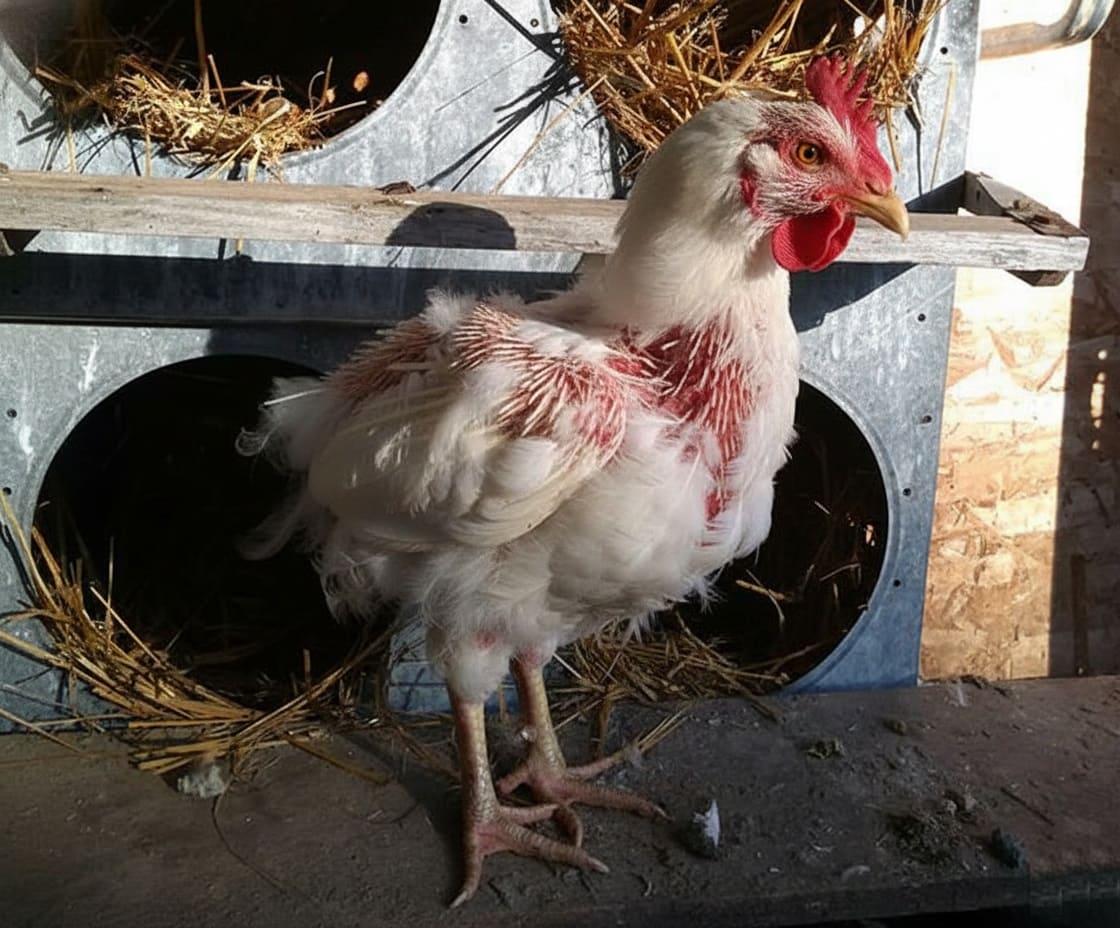
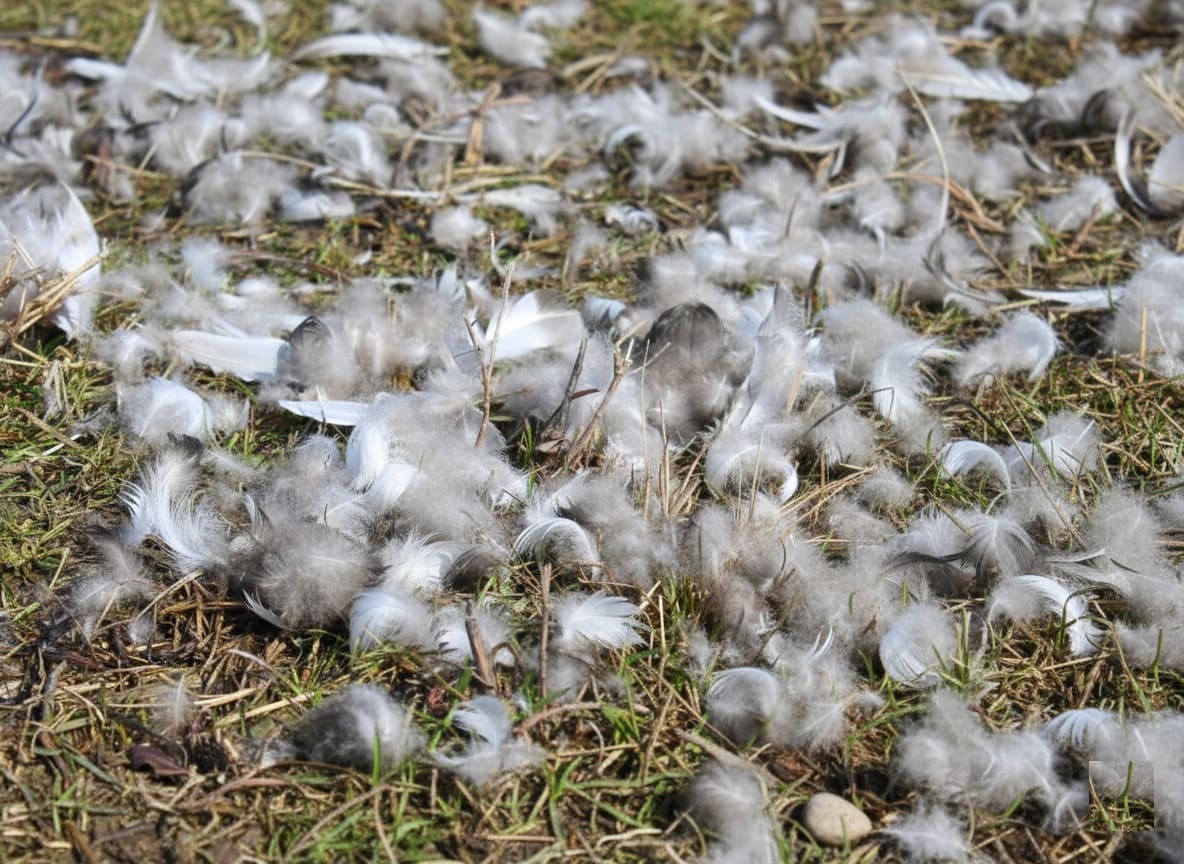
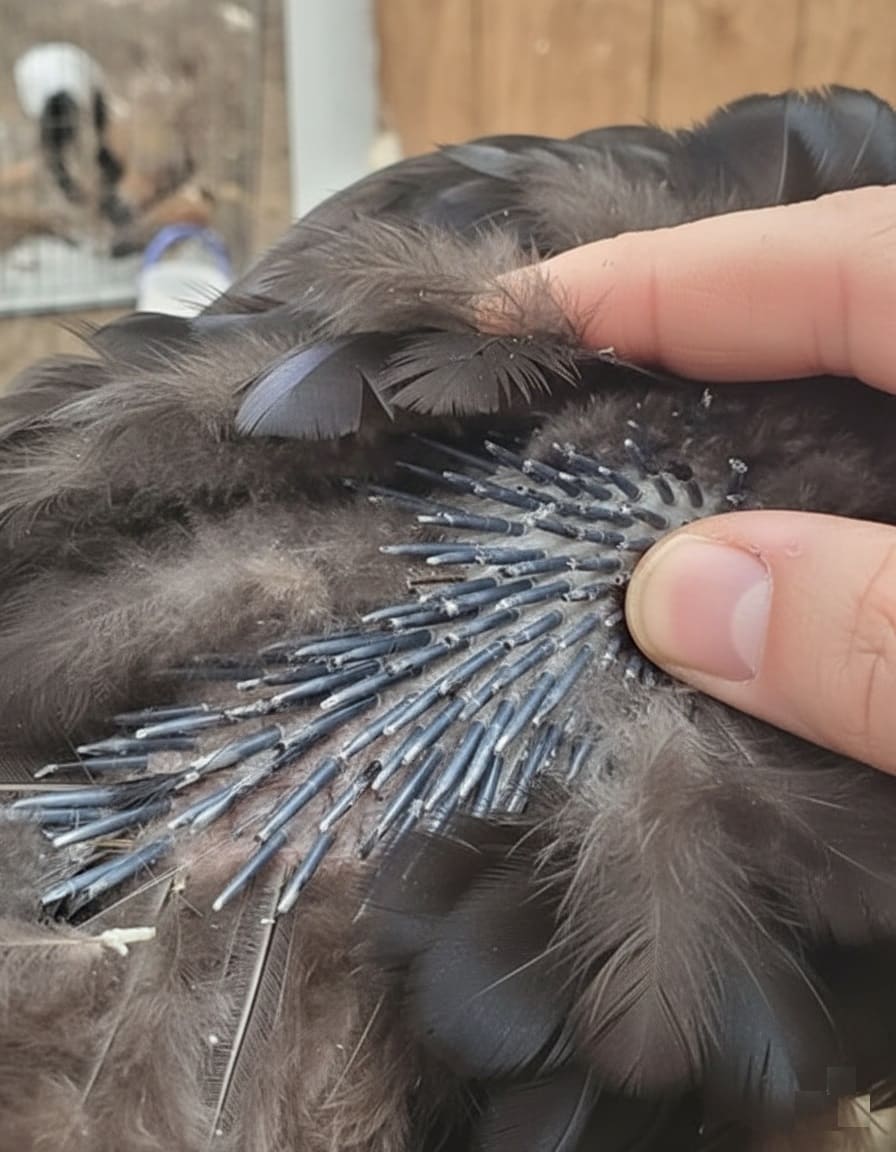
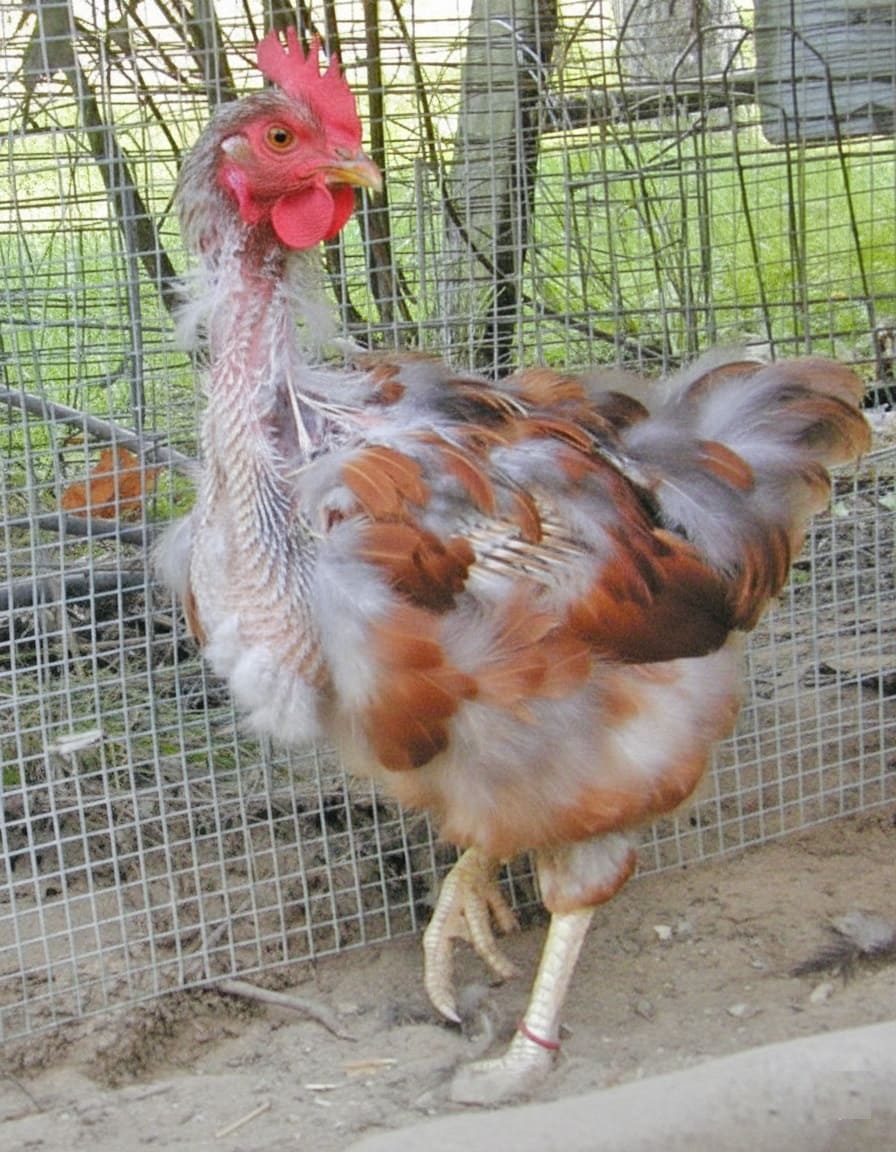
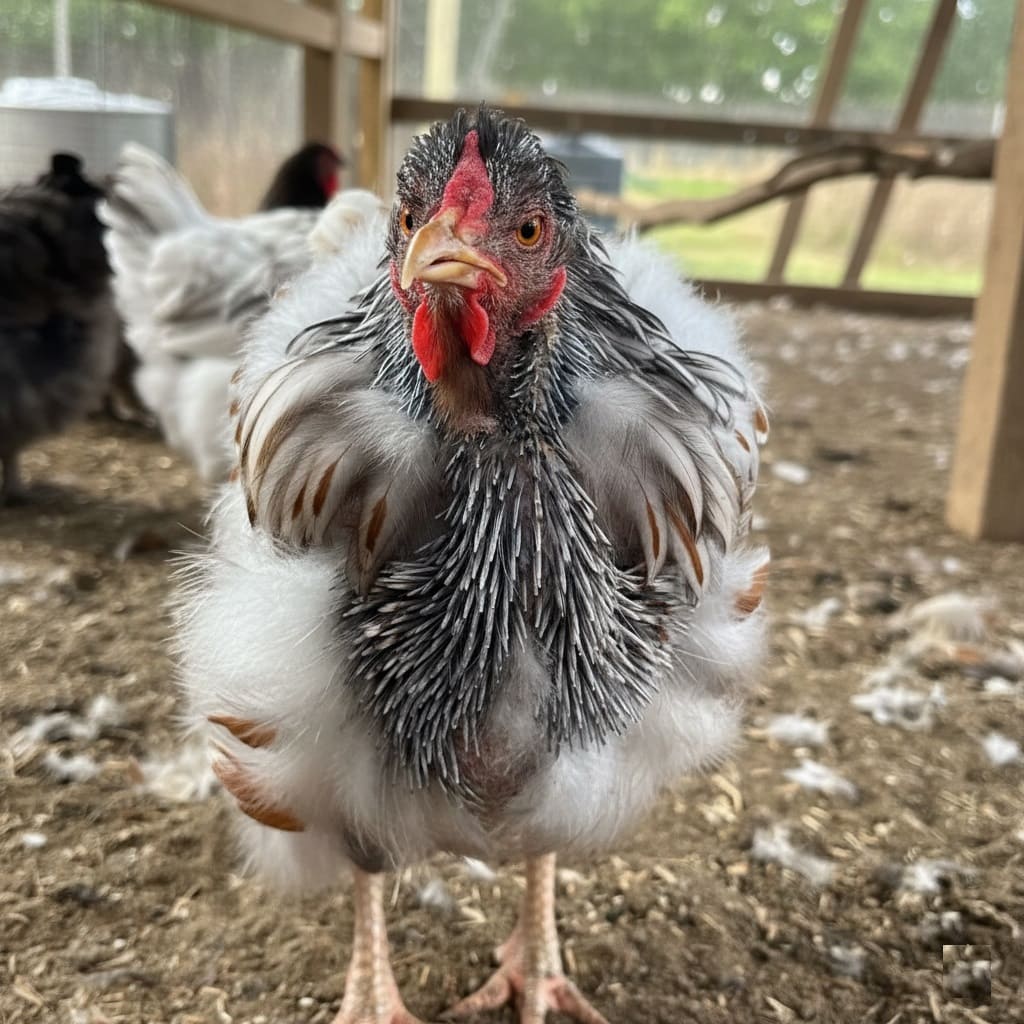
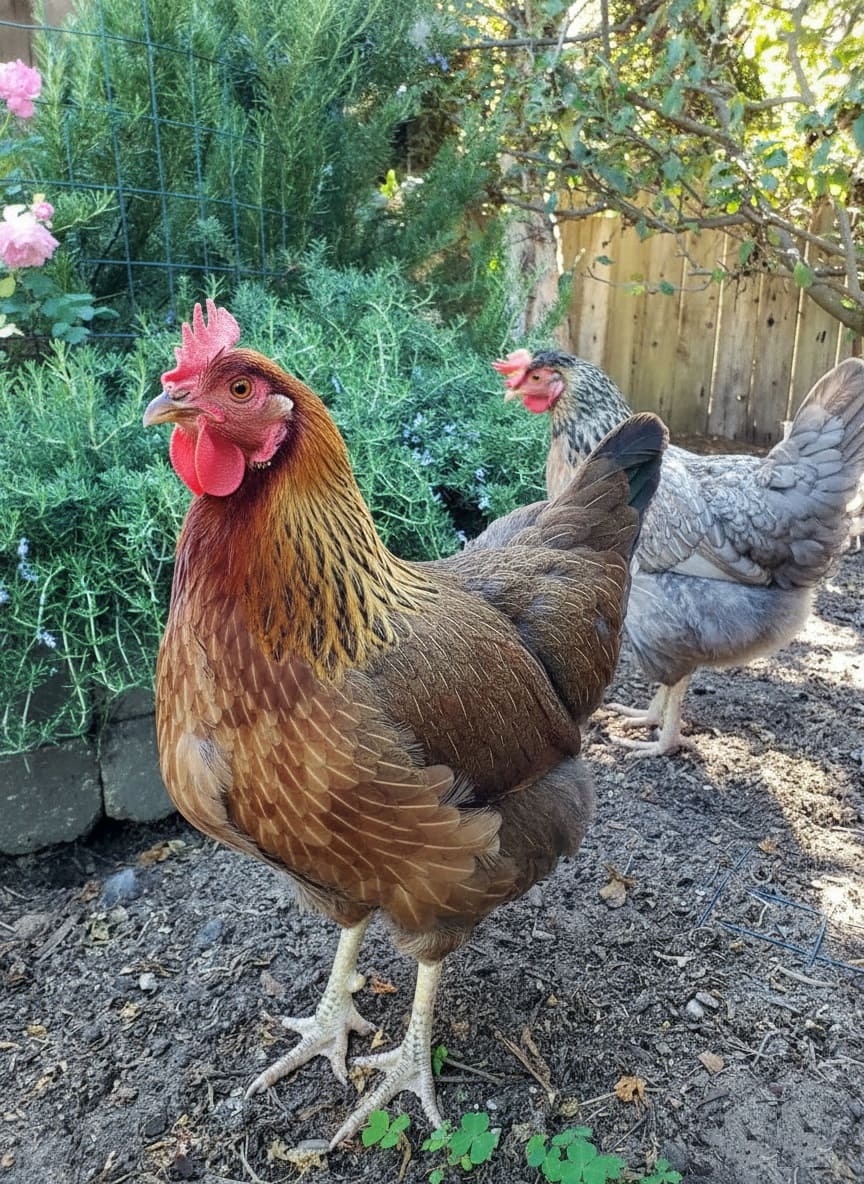
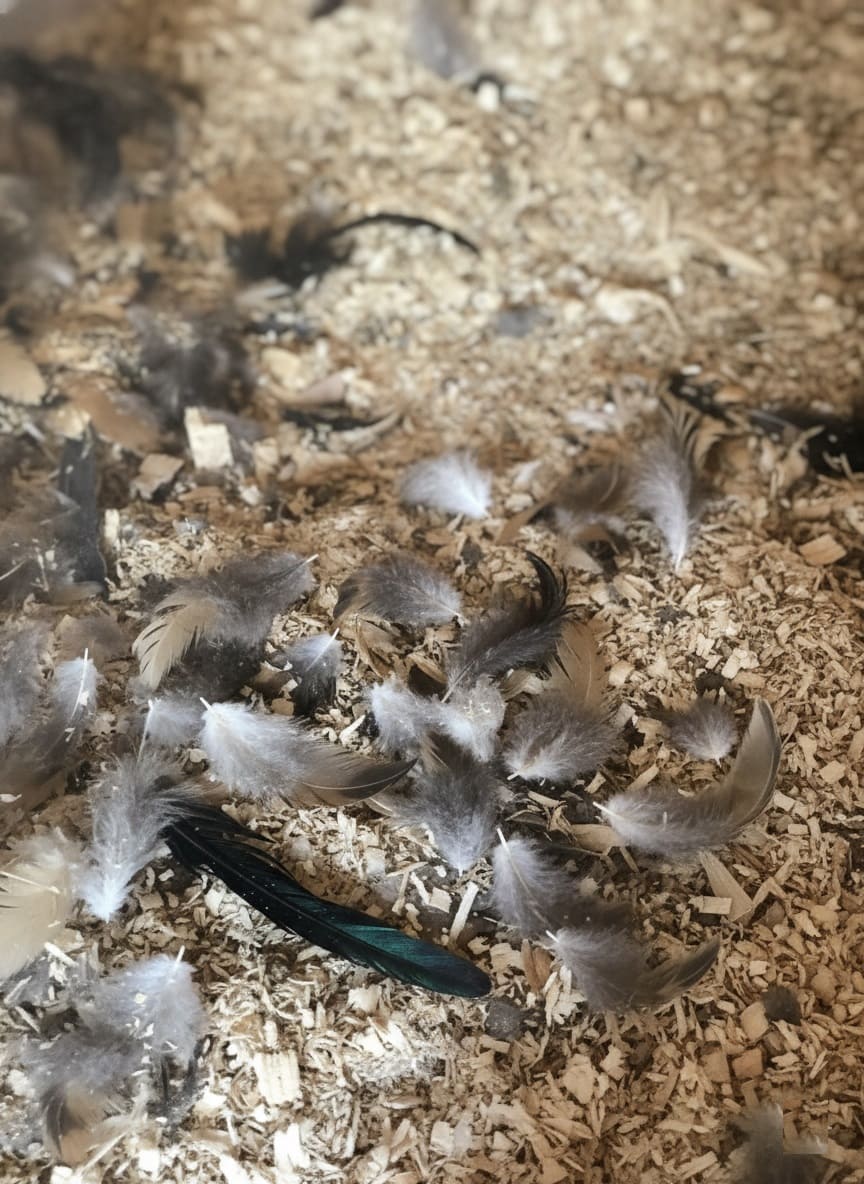
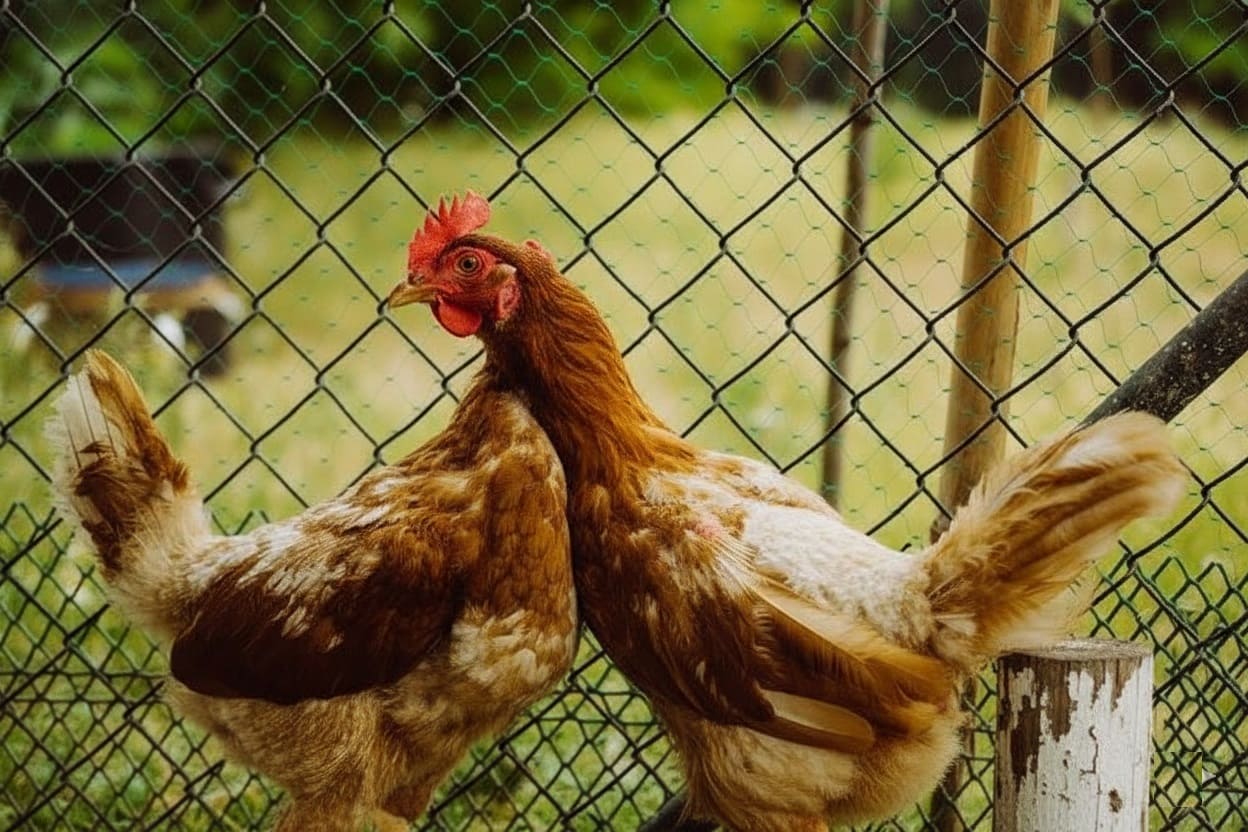

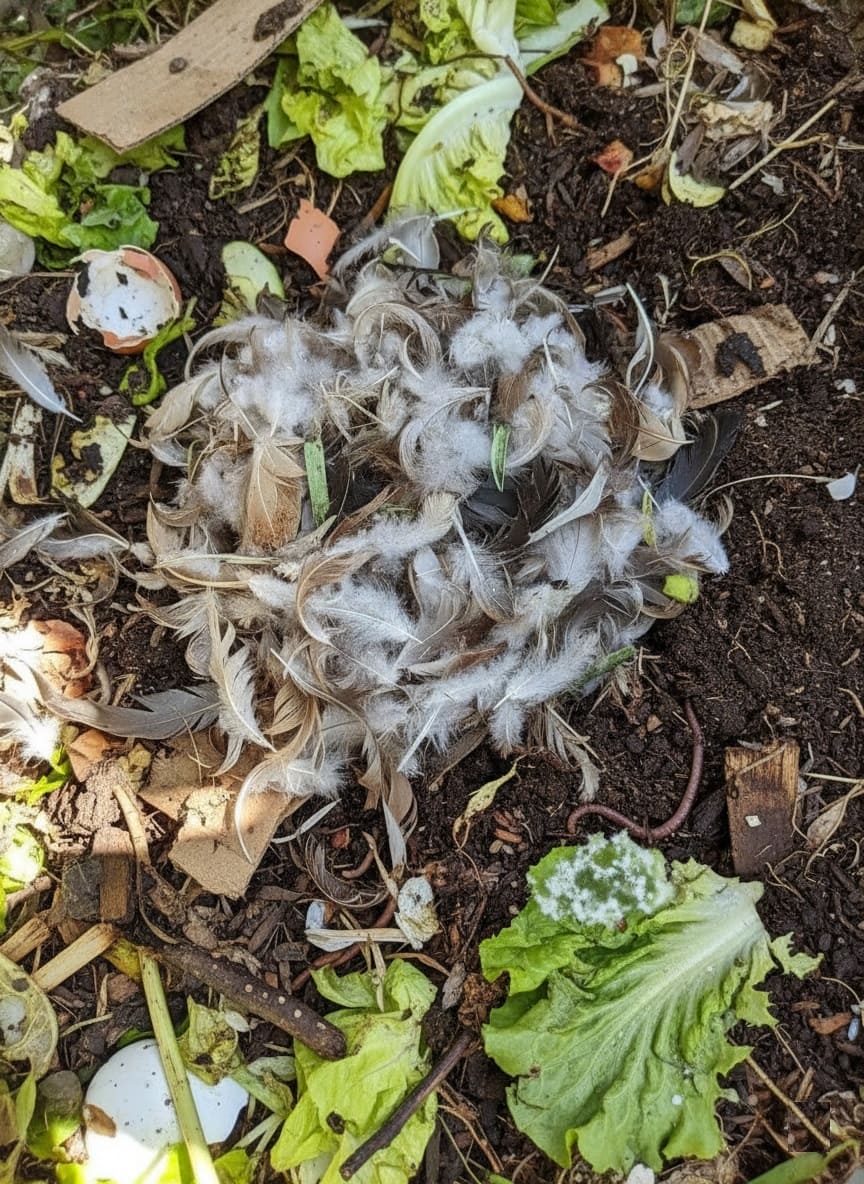
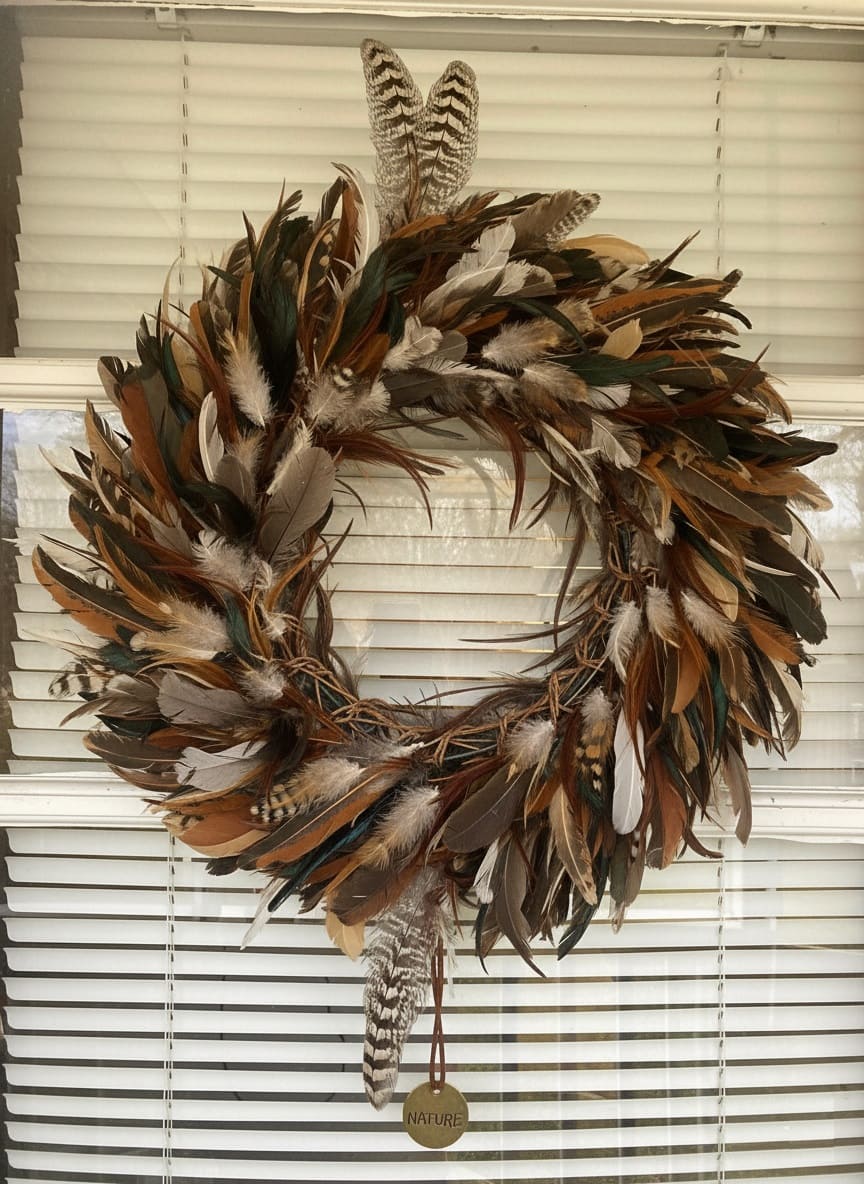
No comments:
Post a Comment